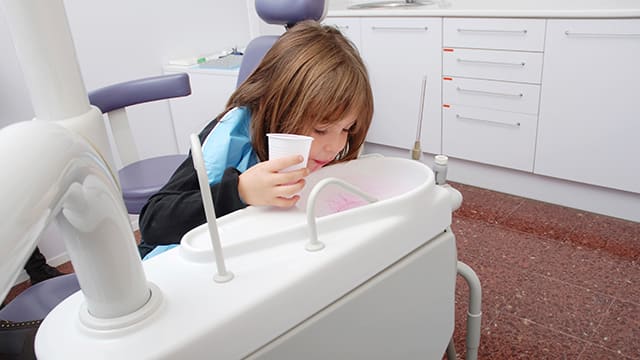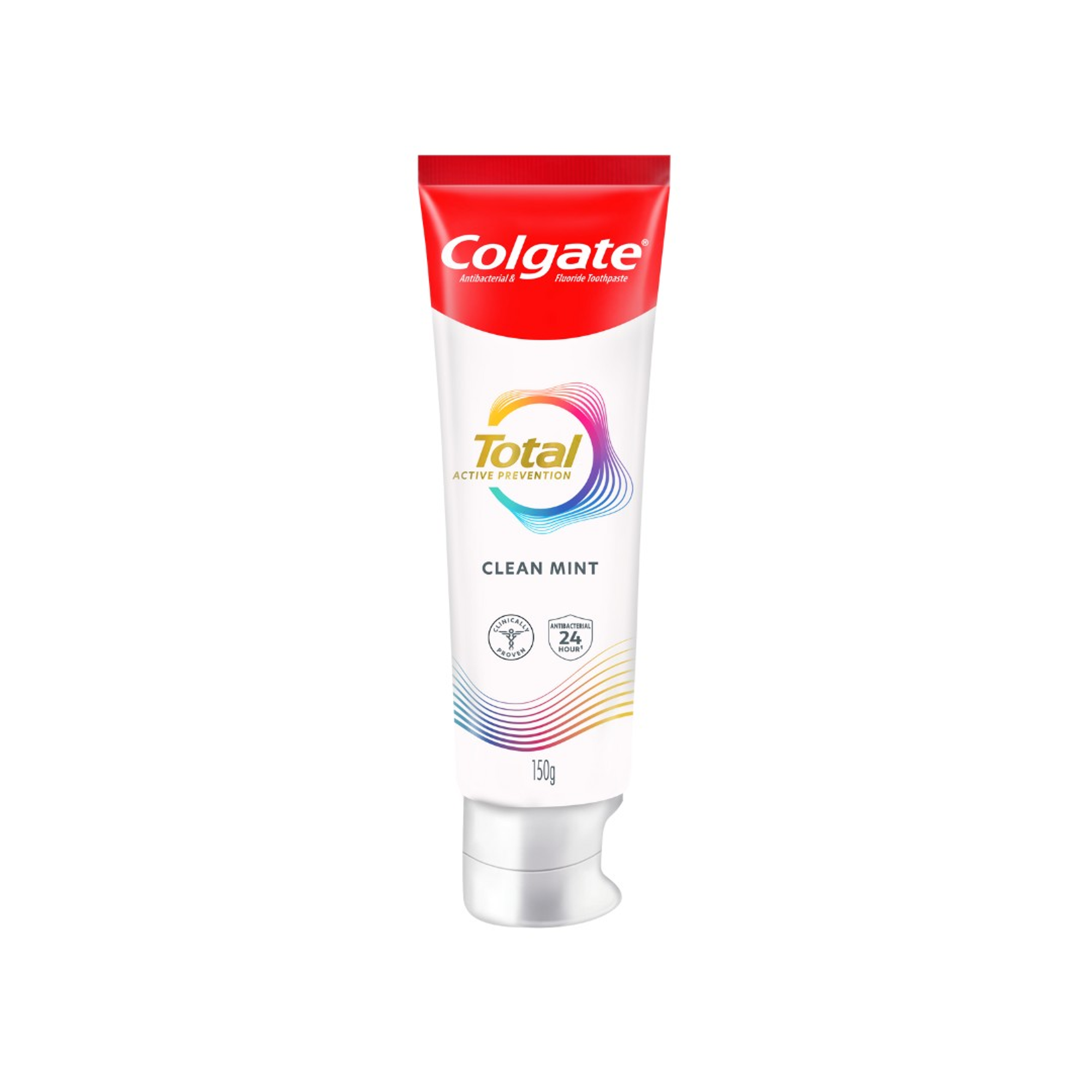-
-

ADULT ORTHODONTICS
Should You Use Mouthwash Before or After Brushing?Brushing and flossing are the foundation of a good oral hygiene routine, but mouthwash can also be a useful addition...

SELECTING DENTAL PRODUCTS
Soft Vs. Hard Toothbrush: Which One Should You Use?The toothbrush has come a long way. As the American Dental Association (ADA) notes...
-
Science & Innovation
- Oral Health and Dental Care | Colgate®
- Oral Health
- Dental Visits – The Dentist Visit And What To Expect


What Happens During a Dental Visit?
First, it is important to find a dentist with whom you feel comfortable. Once you've found a dentist you like, your next step is to schedule a check-up — before any problems arise.
On your first visit to a dentist, they will take a full health history. On subsequent visits, if your health status has changed, make sure to tell them.
Most dental visits are checkups. Regular checkups (ideally every six months) will help your teeth stay cleaner, last longer and can prevent painful problems from developing.
- A thorough cleaning
Checkups almost always include a complete cleaning, either from your dentist or a dental hygienist. Using special instruments, a dental hygienist will scrape below the gumline, removing built-up plaque and tartar that can cause gum disease, cavities, bad breath and other problems. Your dentist or hygienist may also polish and floss your teeth. - A full examination
Your dentist will perform a thorough examination of your teeth, gums and mouth, looking for signs of disease or other problems. His or her goal is to help maintain your good oral health and to prevent problems from becoming serious, by identifying and treating them as soon as possible. - X-rays
Depending on your age, risks of disease and symptoms, your dentist may recommend X-rays. X-rays can diagnose problems otherwise unnoticed, such as damage to jawbones, impacted teeth, abscesses, cysts or tumors, and decay between the teeth. A modern dental office uses machines that emit virtually no radiation — no more than you would receive from a day in the sun or a weekend watching TV. As a precaution, you should always wear a lead apron when having an X-ray. And, if you are pregnant, inform your dentist, as X-rays should only be taken in emergency situations.
Your dentist may ask for a Panoramic X-ray, or Panorex. This type of film provides a complete view of your upper and lower jaw in a single picture, and helps the dentist understand your bite and the relationship between the different teeth and your arch.
How Long Should I go Between Visits?
If your teeth and gums are in good shape, you probably won't need to return for three to six months. If further treatment is required — say to fill a cavity, remove a wisdom tooth, or repair a broken crown — you should make an appointment before leaving the office. And don't forget to ask your dentist any questions you may have —this is your chance to get the answers you need.
Related Articles

If you notice anything strange in your mouth, such as a gum boil or a bump that looks like a pimple, it's a good idea to have it checked out by a dentist.

Tonsil stones, clinically called tonsilloliths, are small, white discharges that form in the crevices of the tonsils. They are typically found on the surfaces of the pharyngeal tonsils on either side at the back of the throat. They can be as small as a grain of rice or as large as a pea. They are quite common and usually harmless, but they may spark alarm in patients when noticed for the first time.

Related Products

Helping dental professionals
More professionals across the world trust Colgate. Find resources, products, and information to give your patients a healthier future








